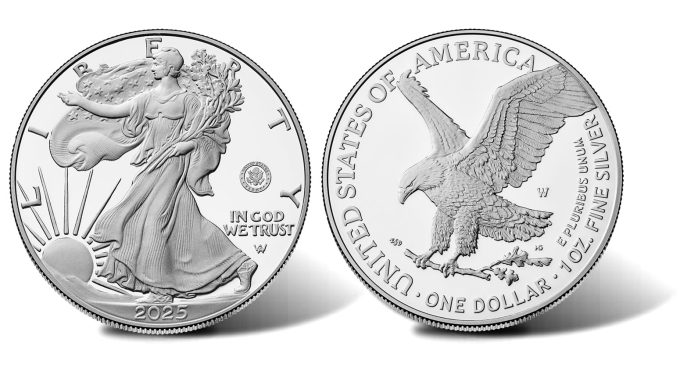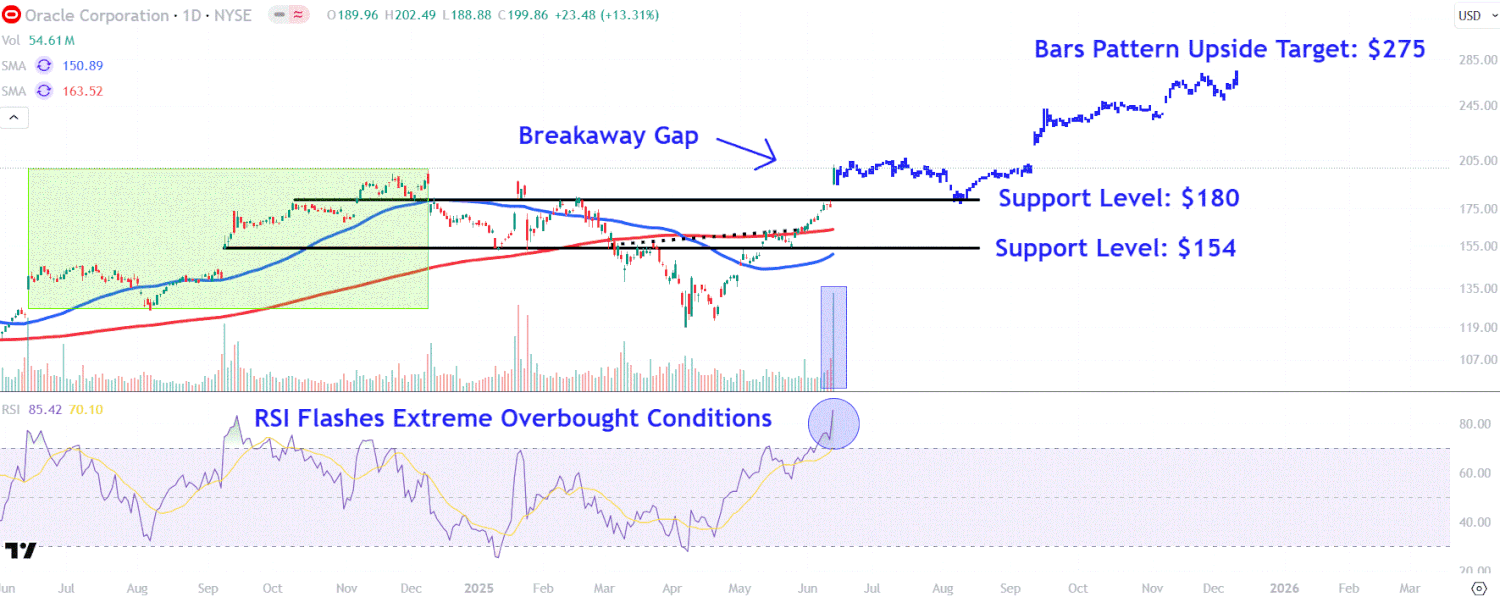Currency markets in flux: Fed policy, trade & geopolitics – United States

Written by the Market Insights Team
Double blow to USD: bearish forces at play
Antonio Ruggiero – FX & Macro Strategist
A double hit of disappointing trade news and heightened Fed rate cut expectations fueled a broad-based selloff in the dollar this week. The greenback fell against all G10 currencies, with the Bloomberg Dollar Index sliding as much as 0.8% yesterday – one of its weakest levels in three years. Overnight, the greenback received some support – DXY up 0.4% – as traders moved toward safe-haven demand sparked by heightened tensions in the Middle East.
Soft inflation data has reinforced expectations of further easing. Core CPI rose just 0.1% month-over-month, while PPI remained muted at +0.1% for May, pushing traders to price in additional rate cuts ahead of the Fed’s June 18 meeting.

Despite this, the dollar still holds a yield advantage against its peers, leading some to argue that the sharp decline may be overdone. However, we suspect that recent speculations over the next Fed chair has likely amplified the bearish move. Whether Bessent or another Trump appointee takes the helm, a more dovish stance seems inevitable – reinforcing the case that downward pressure on the dollar could prove more lasting than anticipated.
On the trade front, uncertainty remains high. No concrete news on a US-China deal, while Trump’s new threat of expanding steel tariffs starting June 23 on imported “steel derivative products”, were inevitable contributors to the dollar’s extended decline.
Sentiment vs. fundamentals: the euro’s fragile rise
Antonio Ruggiero – FX & Macro Strategist
The euro’s rally gained momentum this week, with EUR/USD comfortably surpassing April’s highs of $1.515 and briefly testing the $1.16 level—its highest since October 2021. However, the pair pared back some of its gains during Asian trading as geopolitical tensions escalated following Israel’s preemptive attack on Iran, amplifying risk-off sentiment.

While the broader trend remains bullish, signs of short-term exhaustion have emerged throughout May, with spot prices falling below shorter-term moving averages. The narrative remains clear: broader US sentiment is dictating euro price action. When positive trade developments emerge, as seen in May with the US negotiations with the EU and China, euro momentum fades. When sentiment deteriorates, as witnessed this week, the currency strengthens.
This latest push higher was amplified by a narrower rate gap favoring the euro, following soft inflation prints from the US. Although rate differentials have played a smaller role in driving EUR/USD recently, their impact was more pronounced this week as dovish Fed expectations combined with a hawkish ECB stance last week.
Meanwhile, Eurozone industrial activity for April, released later today, is expected to have slowed significantly, following a surge in March as producers rushed to adjust ahead of new tariffs. Data from Germany, France, and Spain have already shown signs of weakening momentum, with soft April figures hinting at a broader slowdown across the region. While a weak print is unlikely to have a major impact on the euro, it remains a valuable gauge of overall economic activity, offering insight into whether Lagarde’s recent hawkish stance is justified.
Geopolitical tensions and surging oil prices drag on pound
George Vessey – Lead FX & Macro Strategist
The British pound has weakened across the board, pressured by surging oil prices and plunging risk sentiment amid the Iran-Israel geopolitical flare-up. Sterling’s high beta to risk makes it particularly sensitive to global uncertainty, prompting investors to sell GBP in favour of safe-haven assets like the Japanese yen, Swiss franc, gold, and sovereign bonds. However, the US dollar has also absorbed a significant share of haven flows too, hence the sharp reversal from fresh 3-year highs clocked yesterday.
Beyond geopolitics, GBP/USD’s bullish outlook in the first half of 2025 was supported by stronger-than-expected UK economic performance, but recent data has disappointed. The UK-US economic surprise differential has narrowed, making it harder for GBP/USD to sustain gains above $1.36. If bearish sentiment on the dollar persists, fresh highs for GBP/USD remain possible, but UK domestic growth and fiscal risks could weigh on GBP/EUR until the UK’s economic outlook improves.
Looking ahead, the Bank of England (BoE) is expected to hold rates at 4.25% next week, but money markets have already priced in two additional rate cuts by year-end, following lackluster UK data. This has kept sterling’s gains in check, reinforcing investor caution.
For now, though, geopolitics remains the dominant market driver, with traders hesitant to hold risk assets over the weekend due to uncertainty surrounding further escalation. If oil prices continue soaring, we expect sterling weakness to persist.

Oil up almost 13% over the past 7 days
Table: 7-day currency trends and trading ranges

Key global risk events
Calendar: June 9-13

All times are in BST
Have a question? [email protected]
*The FX rates published are provided by Convera’s Market Insights team for research purposes only. The rates have a unique source and may not align to any live exchange rates quoted on other sites. They are not an indication of actual buy/sell rates, or a financial offer.



















